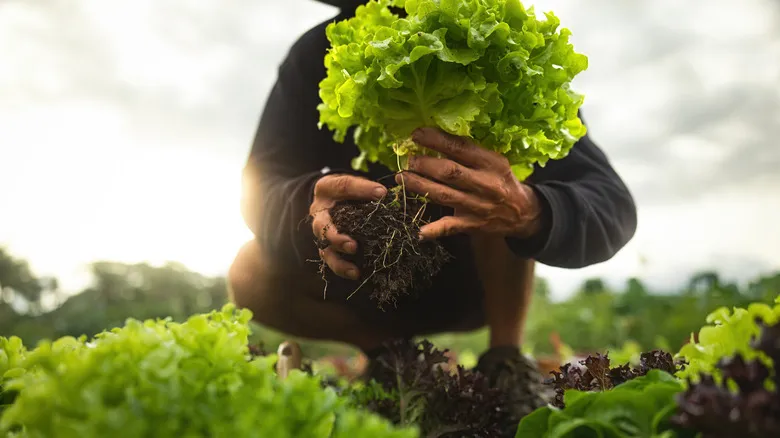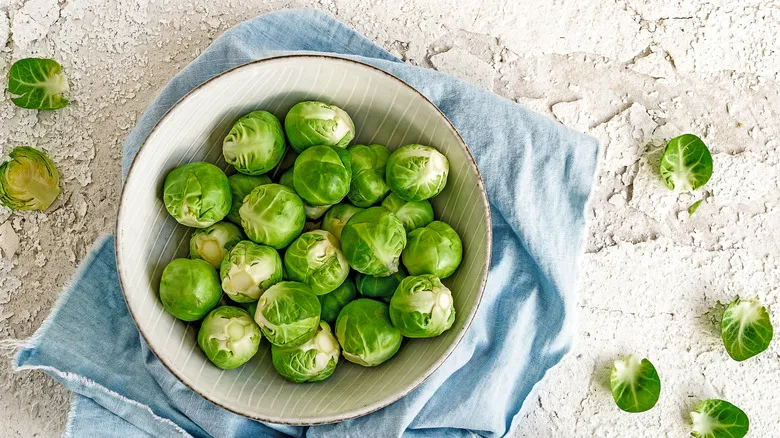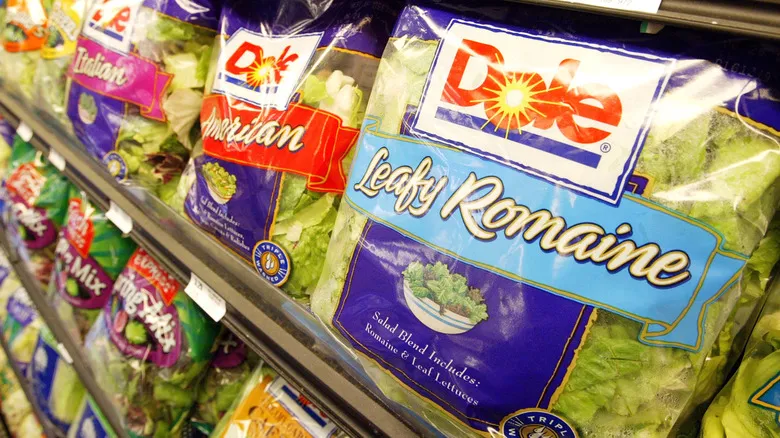What does the triple-washed label guarantee, if anything?

The United States Food and Drug Administration does not require food producers to disclose whether their salads have been washed. Typically, bagged salads undergo washing processes. However, terms like "triple-washed" and the common phrase "thoroughly washed" are more about a company's efforts to mitigate potential risks than assurances that the produce is free from harmful bacteria. It's somewhat akin to using an ice bath to revive bagged salad greens; it can be effective for greens that have wilted due to poor storage over a few days, but it won't salvage greens that are already beginning to rot.
Likewise, preventing insects—whether microscopic or otherwise—from contaminating your bagged salad doesn't begin with rinsing. If plants are cultivated in water contaminated with pathogens like E. coli, the plants will absorb that water and the microorganisms within it. Once this occurs, no amount of washing can render the produce safe, as the pathogens reside within the plant itself.
To ensure food safety, the entire system must tackle the risk of contamination, starting at the manufacturer level with the quality of the water used for growing produce. More broadly, this is supported by regulations, facility inspections, and oversight measures aimed at enhancing the safety of the food supply chain.
Should I wash my triple-washed salad again?

It's understandable to want to handle things yourself, especially if you want a task done properly. However, this approach can be problematic. Your kitchen sink and countertops are teeming with bacteria just waiting for a chance to contaminate your food. They can easily cling to your salad and introduce harmful pathogens, potentially mingling with any that are already present. Plus, scrubbing won't eliminate any pests hiding in the crevices of the plants. There are plenty of common food safety errors you can focus on avoiding instead.
If you feel you must wash your pre-packaged salad, make sure to thoroughly clean your countertop and sink beforehand to minimize the risk of cross-contamination. You don’t need to do much—soaking your lettuce leaves is not recommended. Instead, simply rinse them under running water.
Recommended

The Best Way To Clean And Prep Brussels Sprouts

Safely Cleaning Your Cheese Grater Without A Dishwasher

Easily Clean Your Wine Decanter With This Simple Ingredient

The Last Day You Can Still Eat Lunch Meat After Opening
Next up

